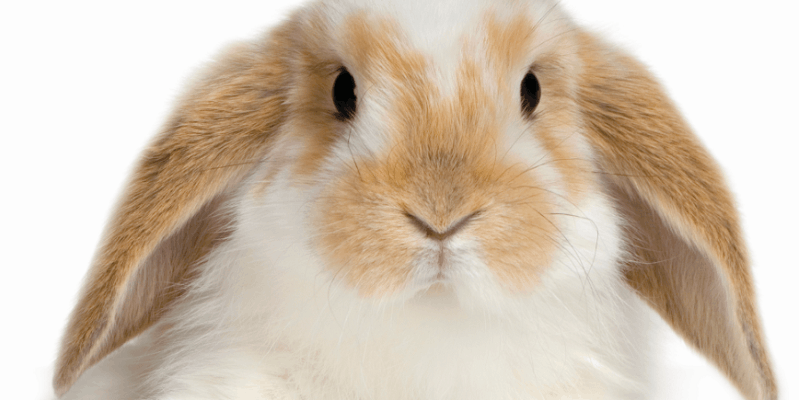Treating a Minor Injury
No matter how careful you are there’s always a chance an animal can be injured. For example, fights with other animals, sharp objects and thorny or prickly plants can all cause injuries that are not life-threatening but need to be properly cared for to prevent further injury or infection.
CALM THE ANIMAL DOWN AND ASSESS THE DAMAGE
If a pet is injured, first calm the animal as much as possible and take the necessary precautions to avoid being bitten. Then assess the damage. Locate the most serious injuries and dress those first, cleaning them out thoroughly with an antiseptic, applying an antibiotic ointment and then bandaging.
TINY WOUNDS
Tiny wounds may be able to be treated with cleaning and a drop of liquid bandage to seal it off from further infection risk. It may be necessary to cut some of the animal’s hair around a wound in order to easily access the wound and keep hair out of the exposed flesh.
Take a pair of sharp scissors, restrain the animal properly to avoid further injury, and then place your fingers firmly on the skin you are cutting hair from to prevent pulling or accidentally cutting the skin. Cut as close to the skin as possible, then make sure to thoroughly clean any hairs from the wound.
LARGE WOUNDS
All large wounds should be inspected by a veterinarian as soon as is possible to ensure they are properly dressed and not at risk for infection. Often, a vet will prescribe penicillin or a similar medication to help fight off any potential infection until the wounds are healed.
If you are at all unsure about the injury, take the animal to the vets for medical attention, even the smallest scratch can turn into a serious infection if left untreated.


